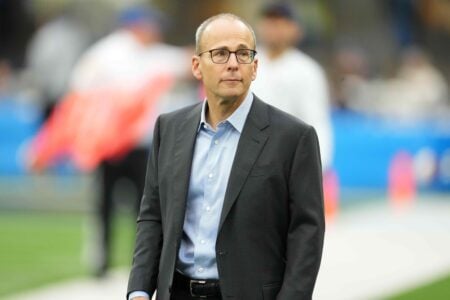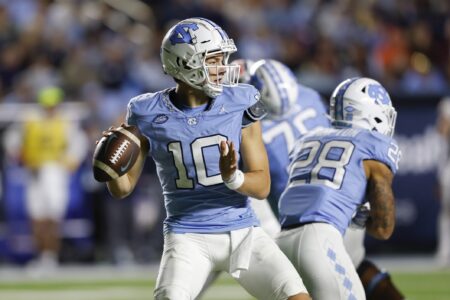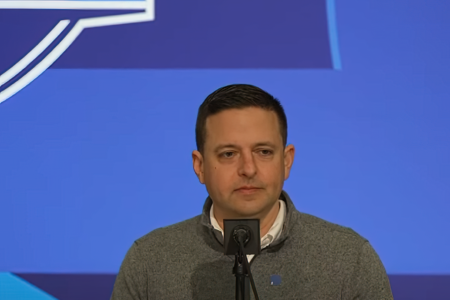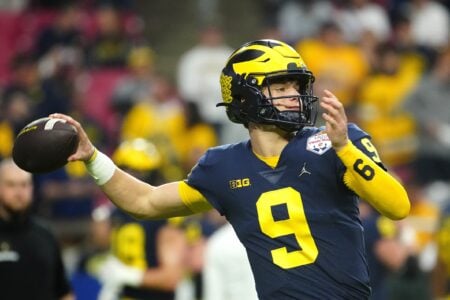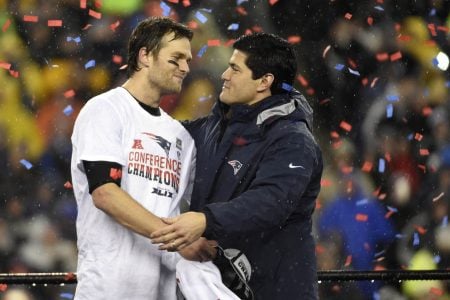- Joined
- Aug 13, 2005
- Messages
- 19,294
- Reaction score
- 12,880
Thought it might be a good idea to have one thread on the upcoming labor negotiations between the owners and the union regarding the CBA.
For starters, there is a website the owners have with a lot of links, frequently asked questions, and other information; just want to point out that since the owners and the NFL are providing this site there's probably a good chance the information is going to be slanted to support their position.
NFLLabor.com
Today's news: NFL players' union files collusion claim - NFL - Sporting News
For starters, there is a website the owners have with a lot of links, frequently asked questions, and other information; just want to point out that since the owners and the NFL are providing this site there's probably a good chance the information is going to be slanted to support their position.
NFLLabor.com
Today's news: NFL players' union files collusion claim - NFL - Sporting News
The NFL players' union confirms it has filed a collusion claim against the league's owners.
The case has been filed with the same special master who is considering the union's complaint about the league's TV contracts.
In December, the league and the players' union agreed to extend the deadline to file a collusion claim.
Union spokesman George Atallah says Tuesday he can't comment on details of the collusion claim.
NFL owners and players are trying to negotiate a collective bargaining agreement to replace the one that expires in March.
Two weeks ago, special master Stephen Burbank began hearing complaints from the players' union that the NFL improperly re-negotiated network TV contracts. A ruling is expected this month.














